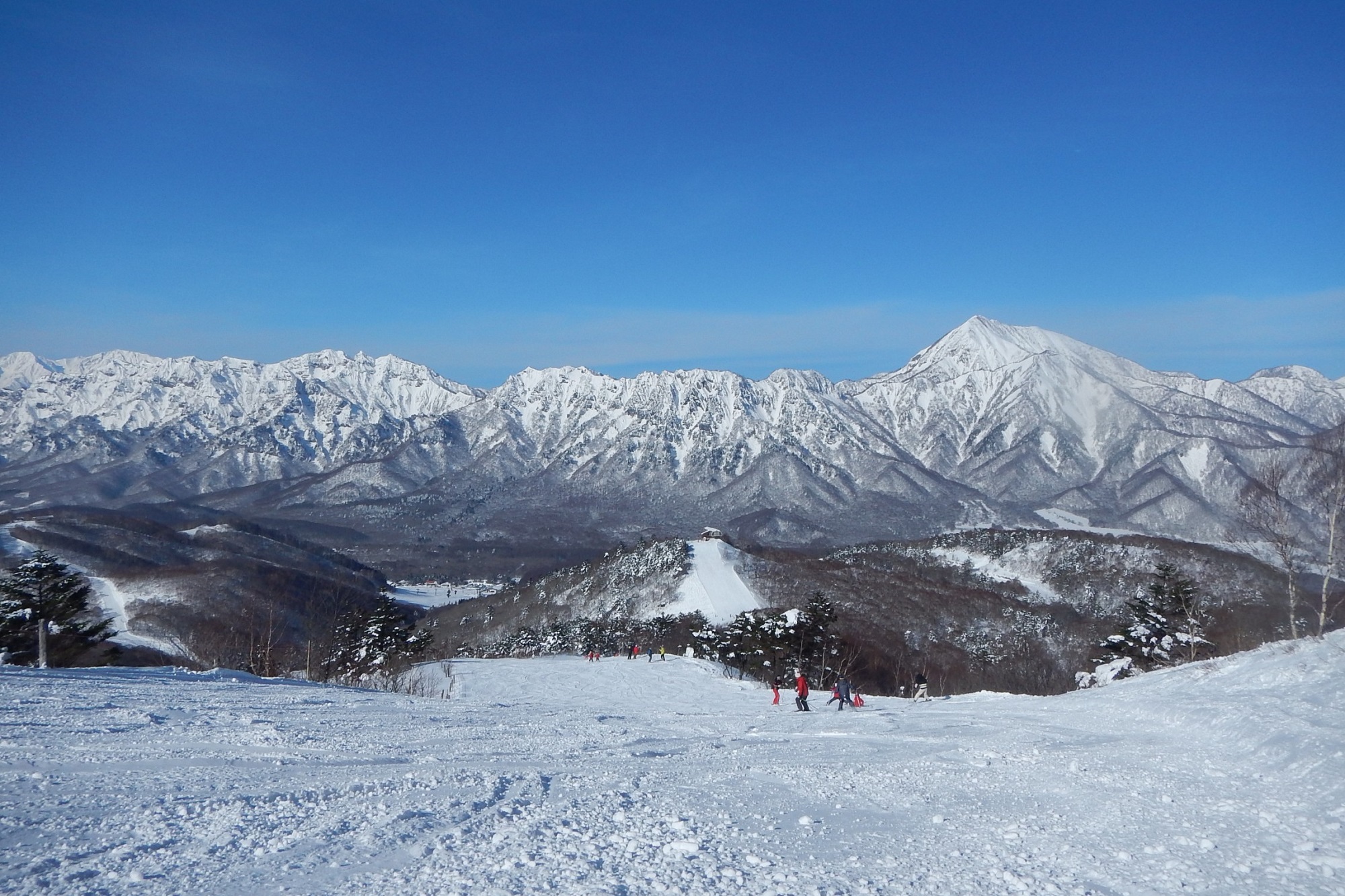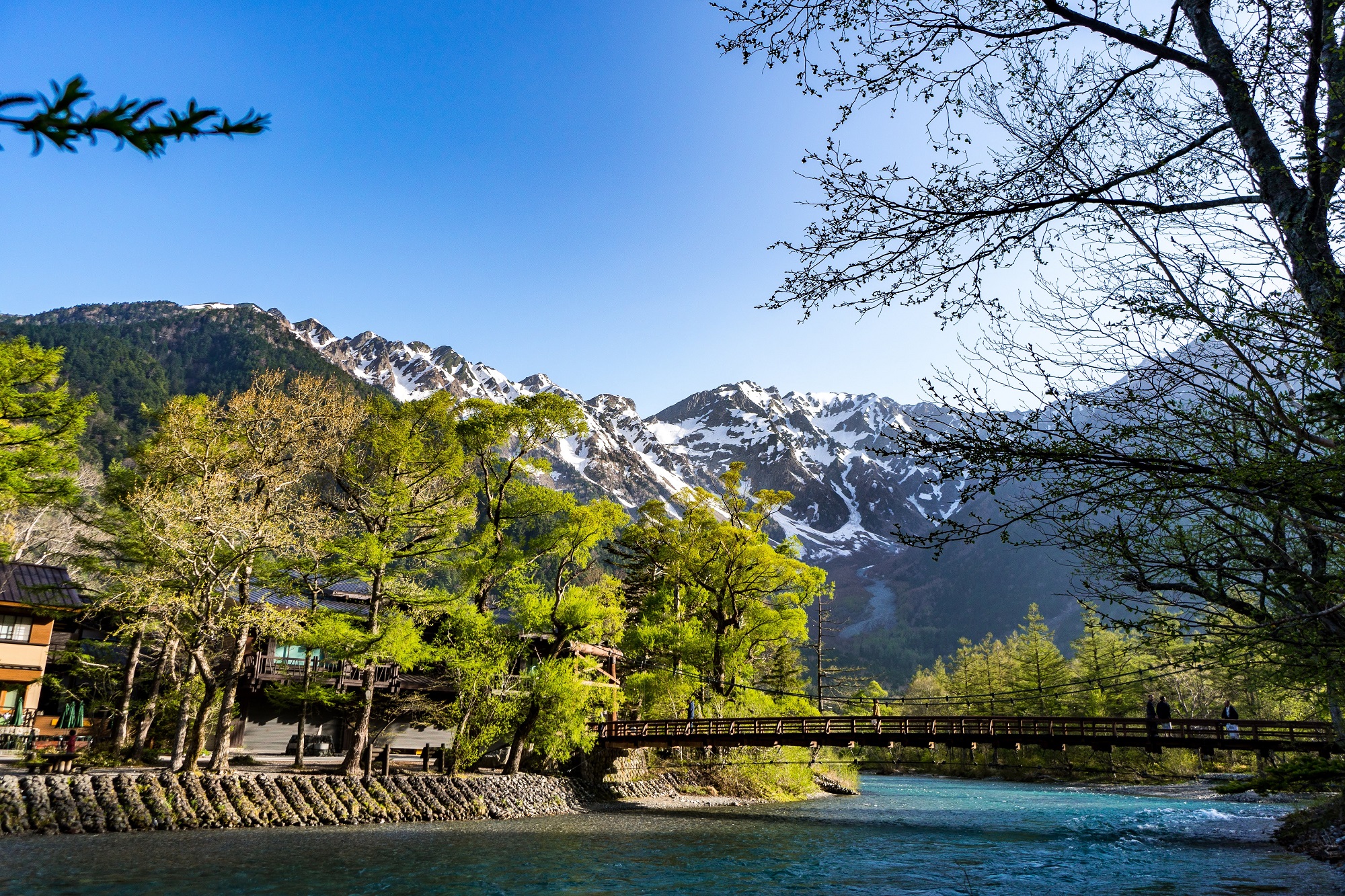Winter Sports / ウィンタースポーツ
Winter Sports in Japan
This might come as a surprise, but Japan is one of the leading heavy snowfalls countries in the world, because most of the major cities in Japan are areas light of snowfall. Japan has a complex topography with more than 70% of the total landmass covered by mountains, and many of the mountains are suitable for skiing and snowboarding. Lately, population of the people enjoying skiing and snowboarding in Japan has increased, many of the winter sport enthusiasts are being pleasantly surprised by the quality and quantity of the snow.
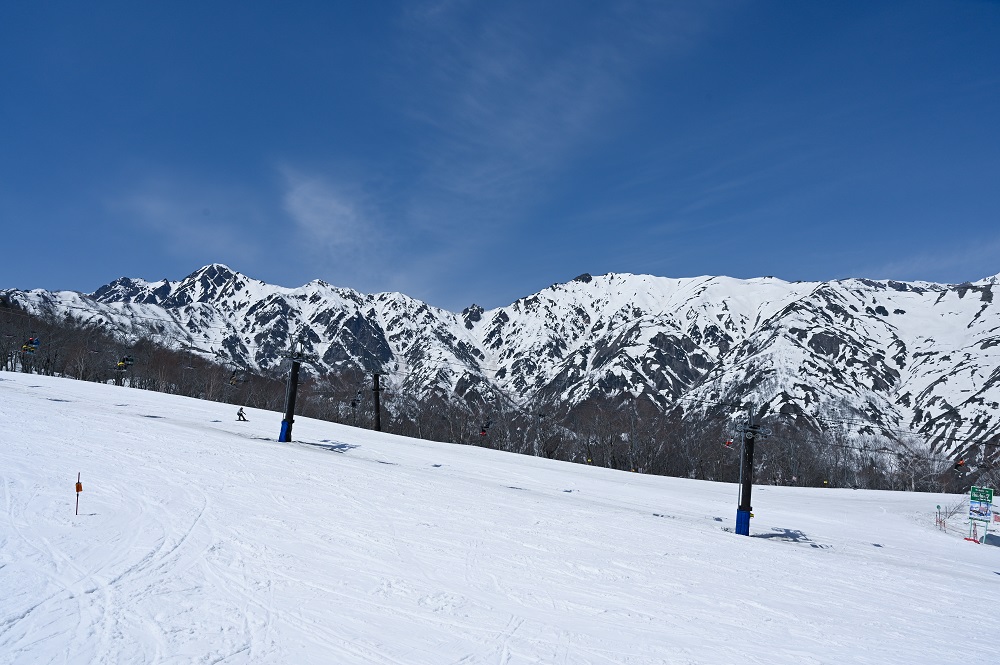
Tips to Enjoy Winter Sports in Japan
Skiing and snowboarding requires a lot of equipment, starting with skis or snowboards, suitable clothing, boots, and more. Lately, many ski resorts have rental equipment services, so there is no need to bring your own. Skiing and snowboarding tours often include lift tickets and equipment rentals and clothing in the tour price, so it is a good idea to check the package.
Since skiing and snowboarding are outdoor sports letting you connect with nature, please keep in mind that certain risks may be involved. Follow the regulations and have a good time.
Safety Tips for Winter Sports in General
-Select equipment suitable for your skill
There are different types of skis and snowboards, some are suitable for beginners, and others are for the ones with advanced skills, so, select the equipment that suits you the most. Also, the courses range from people with beginners to advanced skills, so choose the slope that you are comfortable with. Beginners are recommended to take lessons.
-Always be aware of the surroundings
Always be aware of your surroundings to safely enjoy winter sports. It is common that your field of vision will narrow down when starting out, so keep an eye out for obstacles and people coming down from further up the slope. Refrain from sitting down and remaining seated on the courses to avoid accidents.
-Refrain from entering restricted / private areas
The slopes are designed with safety in mind. Refrain from entering restricted / private areas. Keep yourself and the close ones from accidents, getting lost, or in need of help.
-Always have all your belongings with you
It is dangerous to have unattended objects on the slopes, so, make sure to always have all your belongings with you, including trash. Even objects like garbage unintentionally left behind on the slopes may result in unexpected accidents. When going to the slopes, try not to bring anything that may become garbage eventually.
Some locations may have additional rules. Be sure to check the rules first.

Recommended Spots for Winter Sports in the Chubu Region
Aichi
Chausuyama Kogen (Mt. Chausu Highland) Ski Resort (Toyone Village, Kitashitara District)
Mt. Chausu at 1,358 meters above sea level, is the highest peak in Aichi Prefecture, and is a space surrounded by magnificent nature straddling Aichi and Nagano prefectures. Boasting spectacular views, Chausuyama Kogen Ski Resort is the only ski resort in Aichi Prefecture and has family-friendly slopes for small children to enjoy. It is about 2 hours and 10 minutes by car from Nagoya. The ski courses range in difficulty from beginners to experts and have two lifts. There is also a course for sledding with a moving walkway to ascend easily. Rental skis / snowboards and skiing lessons are available. Please note that snowboarding is only allowed on weekdays and other announced days.
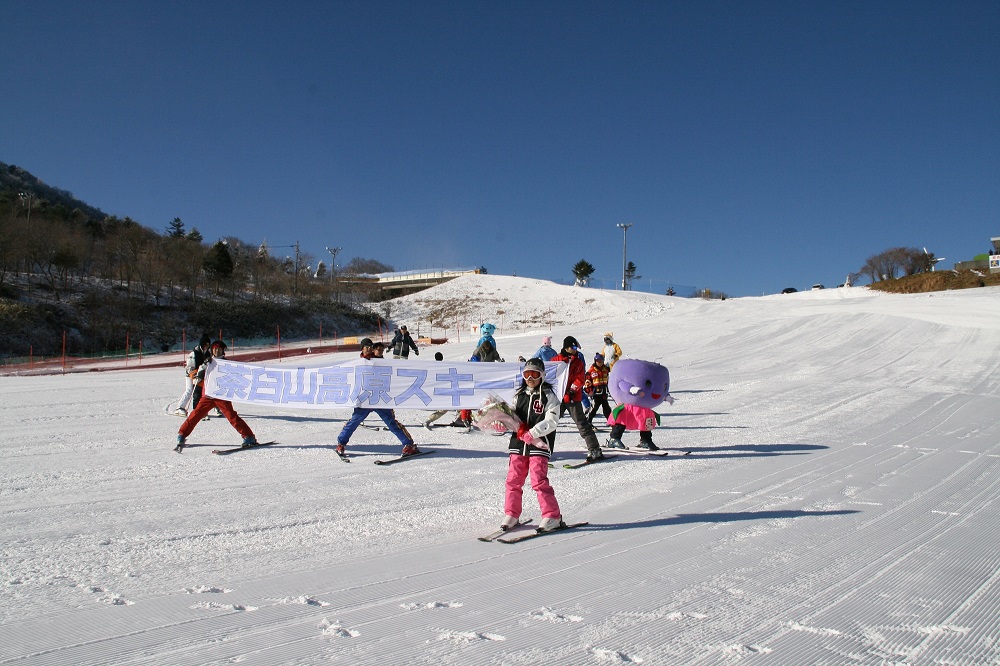
Shizuoka
FUJIYAMA SNOW RESORT YETI (Susono City)
At the Yeti, being located close to Mt. Fuji, take in the majestic view of the most famous mountain in Japan while enjoying winter sports. It is known for the first ski resort to open in Japan every year and is about 55 minutes by bus from JR Gotemba Station. There are ski slopes for beginners to experts and three lifts and three moving walkways. The resort also has skiing and snowboarding lessons and has a full range of skiing and snowboarding gear to rent.
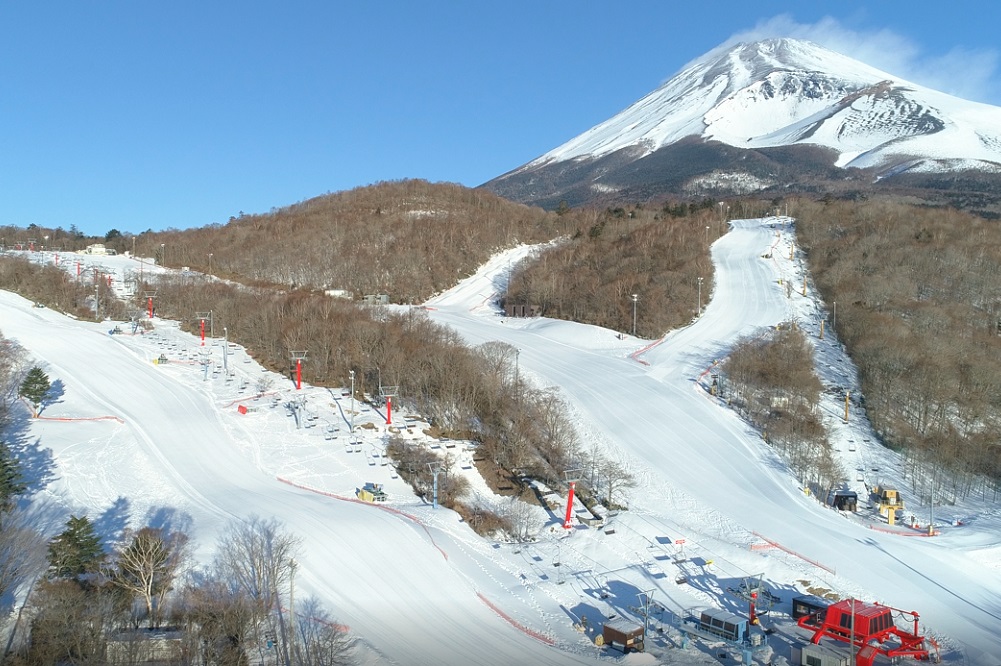
Nagano
Hakuba Happo-One Ski Resort (Hakuba Village, Kitazumi District))
The venue for the 1998 Nagano Winter Olympics, Hakuba Happo-One is a world-renowned superb powder snow slope. The panorama of Mt. Myoko and Togakushi, with the three Hakuba Mountains of the Northern Japan Alps in the background, and Mt. Asama and the Yatsugatake Mountain range with the smoke billowing will be viewed from the summit of 1,830m. Have a luxurious time at Hakuba Happo-One in winter.
The ski resort is in about 1 hour and 15 minutes by bus from JR Nagano Station. There are 16 slopes for beginners to experts with a total of 22 lifts and gondolas, a snow play area, ski school and a kids-dedicated space. There is also a full range of expert level ski slopes for skiers looking for challenge. There is a full range of restaurants, shops selling / renting skiing and snowboarding gear and clothing and ski school for beginners to experienced skiers / boarders.
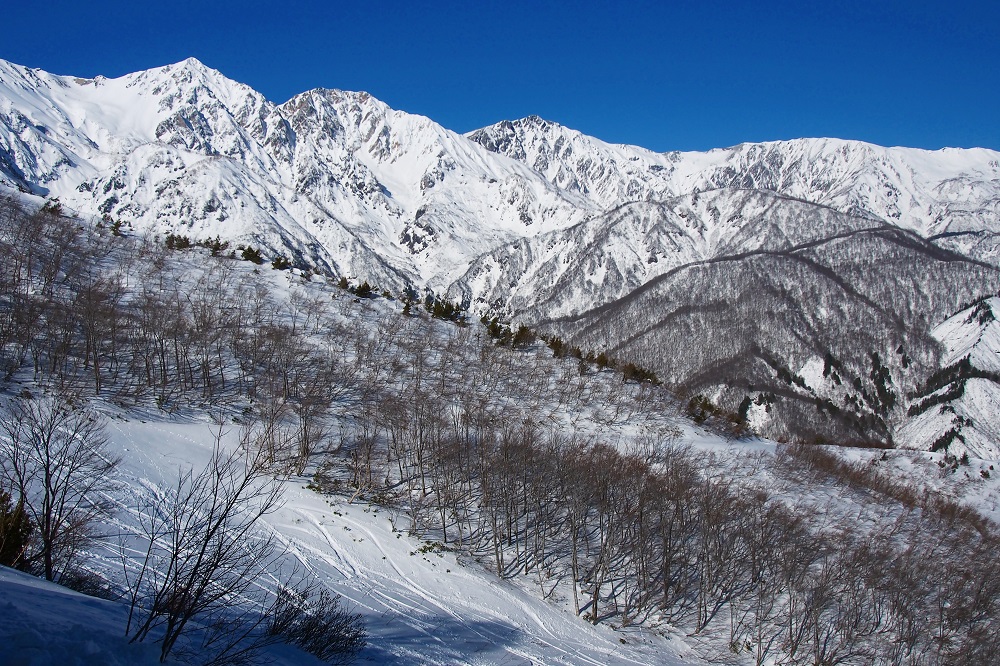
Gifu
Takasu Snow Park (Gujo City)
Takasu Snow Park is one of the largest ski resorts in central and western Japan, with slopes at an elevation of 1,550 meters, overlooking the Hirugano Plateau and the Northern Japan Alps. Take a direct highway bus from Nagoya, Gifu, and Takayama to Hirugano, then transfer to the “TAKASU SNOW SHUTTLE BUS” for the snow park. This diverse ski resort, with a total of 31 slopes for skiers of all levels and "PANORAMA PARK" with "half pipes", "mixed up banks" and "tree run" areas. Rentals for skis, snowboards, and outfits are available. Ski schools here have lessons in English, available for experienced skiers and snowboarders, children and beginners.

Mie
Gozaisho Ski Resort (Komono Town, Mie County)
Located near the summit of Mt. Gozaisho in the Suzuka Mountain Range, the Gozaisho Ski Resort is a ski destination only to be accessed by the ropeway and the only ski resort in the Mie Prefecture. The express buses run directly from Meitetsu Bus Center at Nagoya Station to Gozaisho Ropeway-mae (right by the ropeway station) in about 1 hour and 20 minutes. The resort has ski slopes for beginners and experts and sledding slopes, but snowboarding is prohibited. Ski poles, boots, and snowshoes are available for rent, but no rentals for ski wear, so, bring your own. Touring through the snowy forest is highly recommended.

Shiga
Biwako Valley Ski Resort (Otsu City)
Biwako Valley Ski Resort stretches across the summit area of Mt. Uchimi and Mt. Horai, with a ropeway up to the 1,100-meter-high mountain top. The spectacular view of Lake Biwa from the slopes and the feeling of standing at the summit is indescribable. Take the JR Kosei Line from Kyoto Station to Shiga Station (about 40 min.), then transfer to the bus (about 10 min.). The resort has nine ski slopes for beginners to experts, five lifts, skiing and snowboarding equipment and clothing rental services, a ski school, restaurants, shops, and more. So many activities are enjoyed, including snow play, sledding, ziplining, tubing, and snowshoeing.

Fukui
Ski Jam Katsuyama (Katsuyama City)
Surrounded by the Hakusan Mountain Range, Ski Jam Katsuyama is one of the largest snow resorts in western Japan. The cold and dry northwestern winds make the unique snow of the side of Sea of Japan. Take the JR train from JR Fukui Station to JR Katsuyama Station (about 55 min.), then transfer to the direct bus to the ski resort. There are 14 ski slopes for beginners to experts, the longest being 5,800 meters long, and 6 lifts. There are also slopes for kids and beginners, for families to enjoy the snow safely. This resort has skiing and snowboarding equipment and clothing for rental, ski schools, restaurants, and shops.
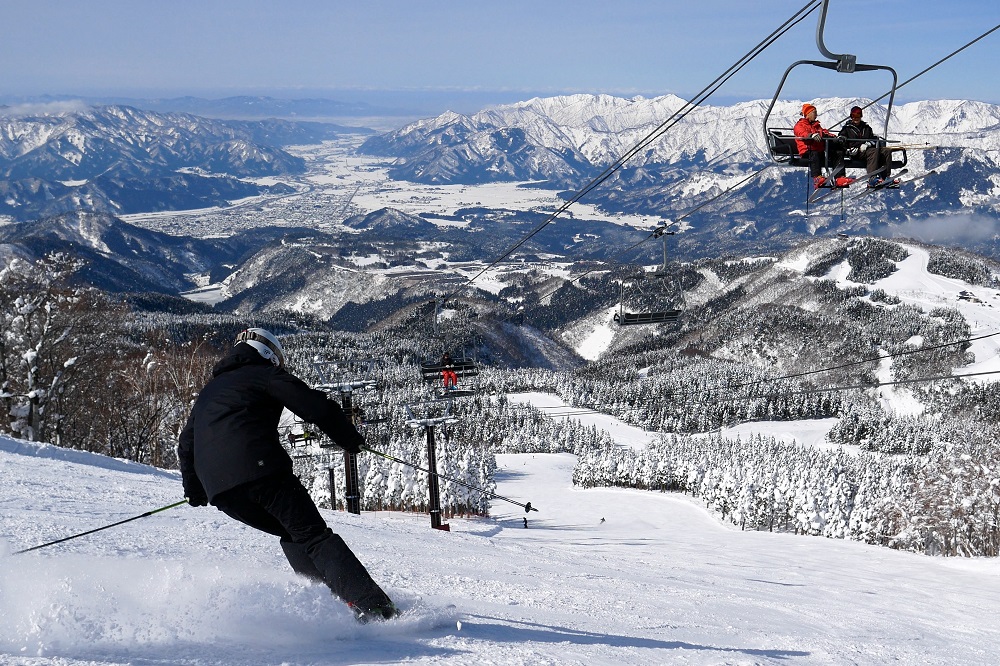
Ishikawa
Hakusan Seymour Ski Resort (Hakusan City)
Hakusan Seymour Ski Resort is a popular ski resort to enjoy challenging slopes against the magnificent panorama of Hakusan [Mt. Haku]. A direct bus from JR Kanazawa Station will take you to the ski resort in about 1 hour. The four lifts will take you to nine ski slopes for beginners to experts. Four of the nine slopes are with unpacked snow for experts, the most difficult slope at maximum of 38 degrees narrow slope, so, be careful of the speed. There are rental equipment and clothing for skiers and snowboarders, restaurants, ski schools, and shops.

Toyama
Tateyama Mountain Ski Resort (Toyama City)
Located at the base of the Tateyama Mountain Range, Tateyama Mountain Ski Resort has a panoramic view of Tateyama from an elevation of 1,188 meters above sea level. Take the Toyama Chihou Railway Tateyama Line from Dentetsu Toyama Station to Tateyama Station (about 50 minutes), then transfer to the direct bus to the ski resort (about 10 minutes). A great destination for the whole family with six ski lifts taking to the eight ski slopes for beginners to experts, sledding, tubbing, balanced bikes in the snow, snow play, and a lot of other activities are enjoyable, all with the safety of the moving walkway at the kids' park. The resort is fully suited with rentals for skiing and snowboarding gear and wear, skiing lessons, restaurants, shops, and a lot of other enjoyable activities.

Destinations
Togakushi / 戸隠 (Nagano)
Togakushi is located in the northwestern part of Nagano City and was once visited by many ascetic practitioners as a sacred site. The area is designated as Myoko-Togakushi renzan National Park, where ....
Kamikochi / 上高地 (Nagano)
Kamikochi is located in the west of Nagano Prefecture, on the border with Gifu Prefecture, at an altitude of about 1,500 meters. Although 1.2 million people visit every year, Kamikochi retains much of....

